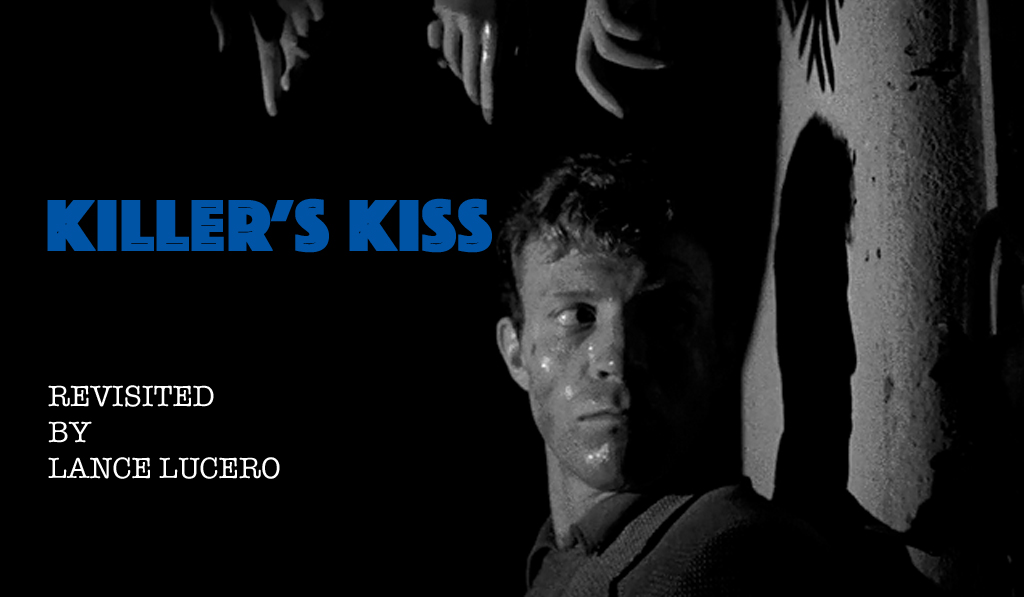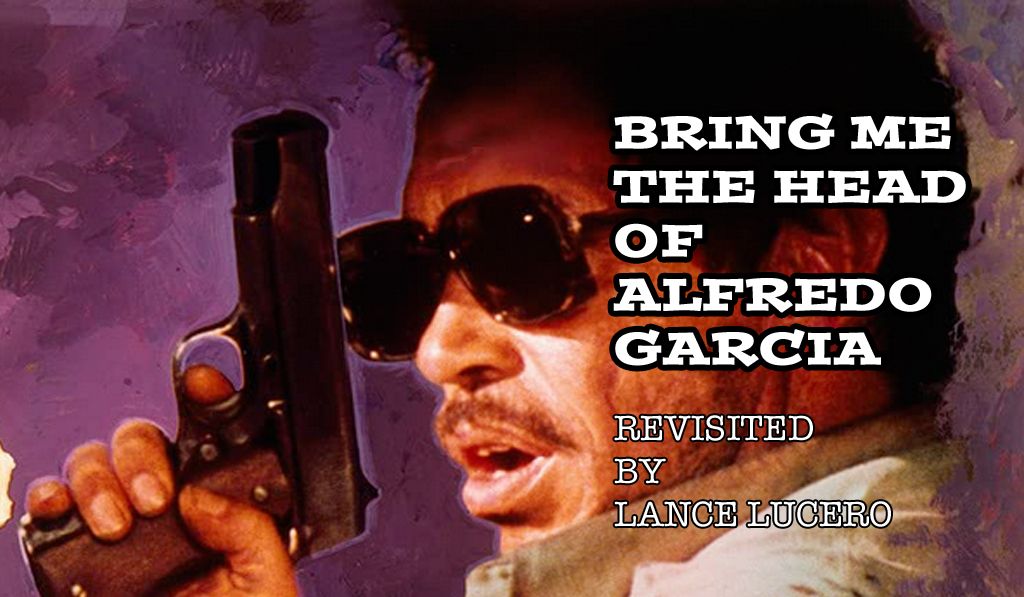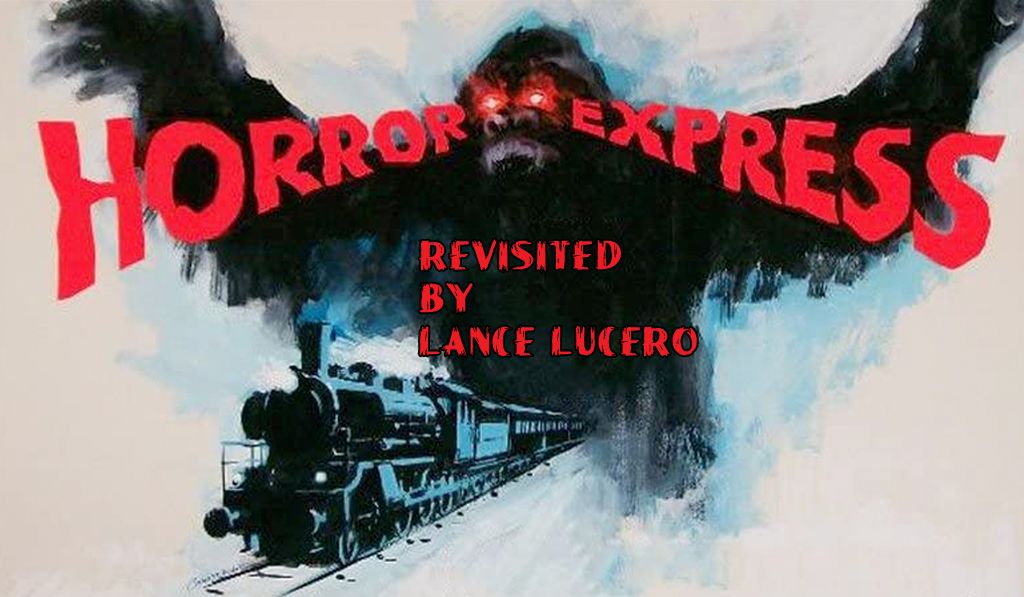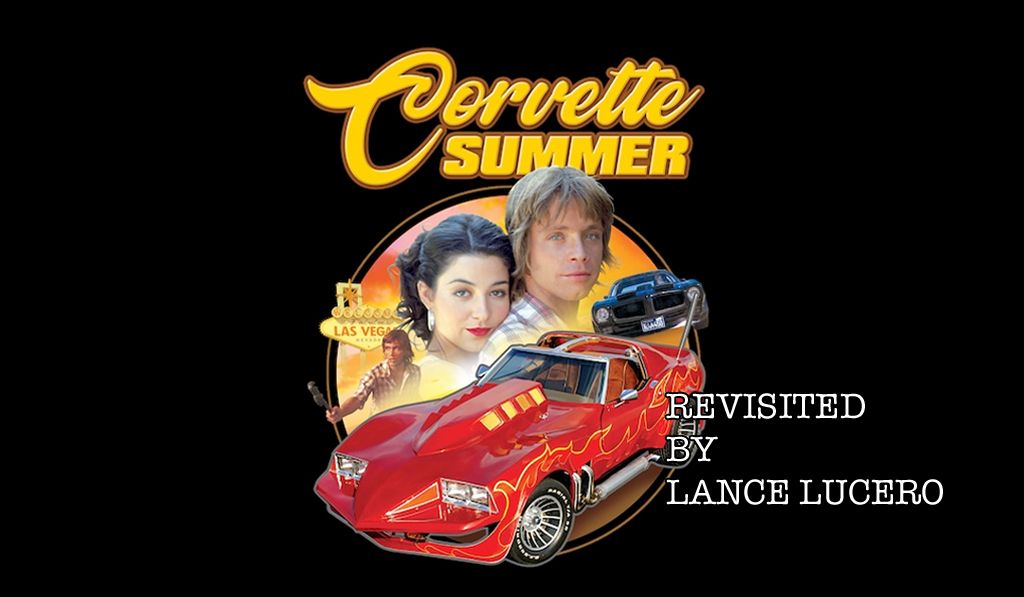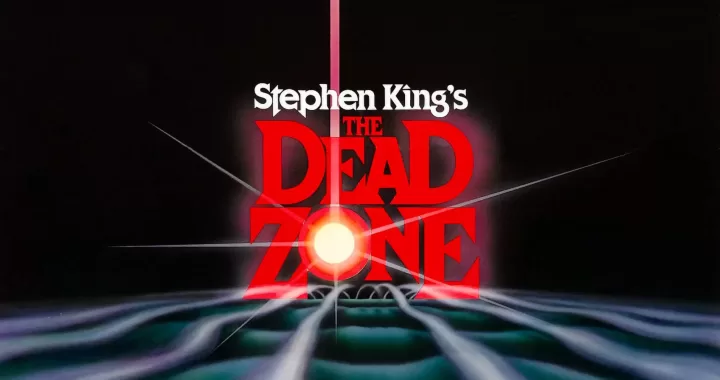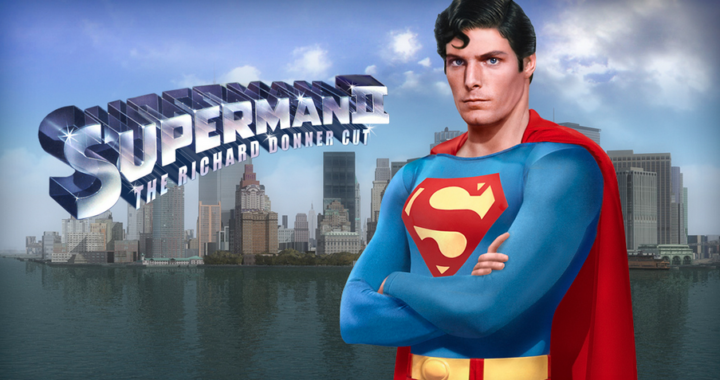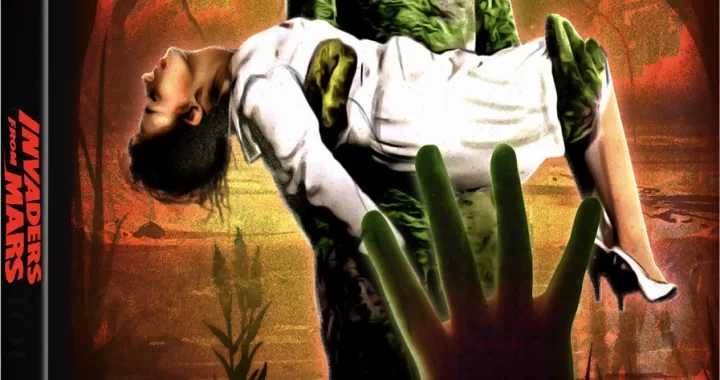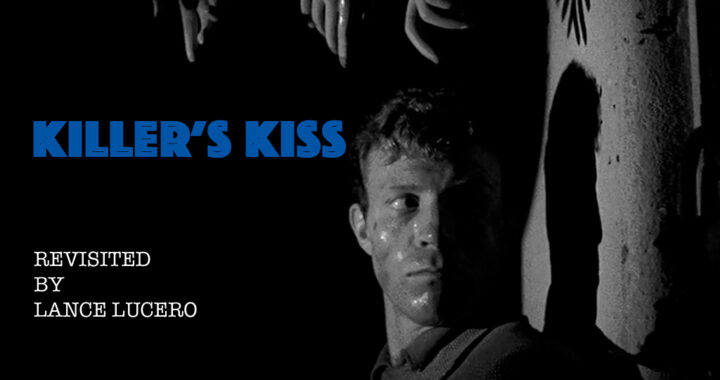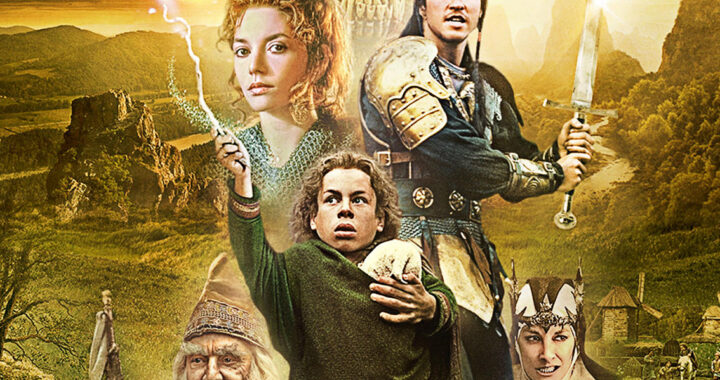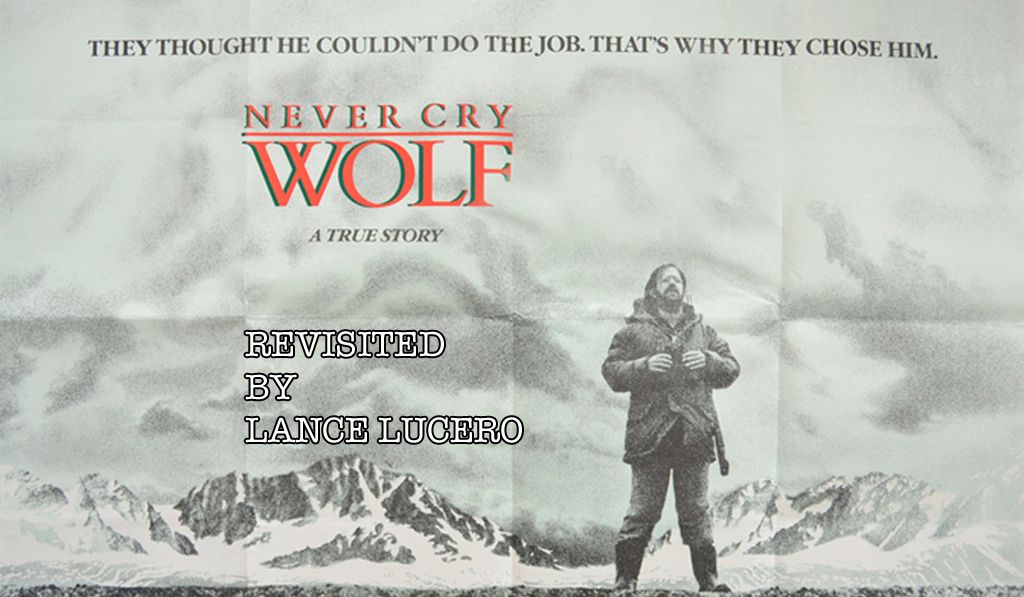
RETRO MOVIE REVIEW: NEVER CRY WOLF, 1983
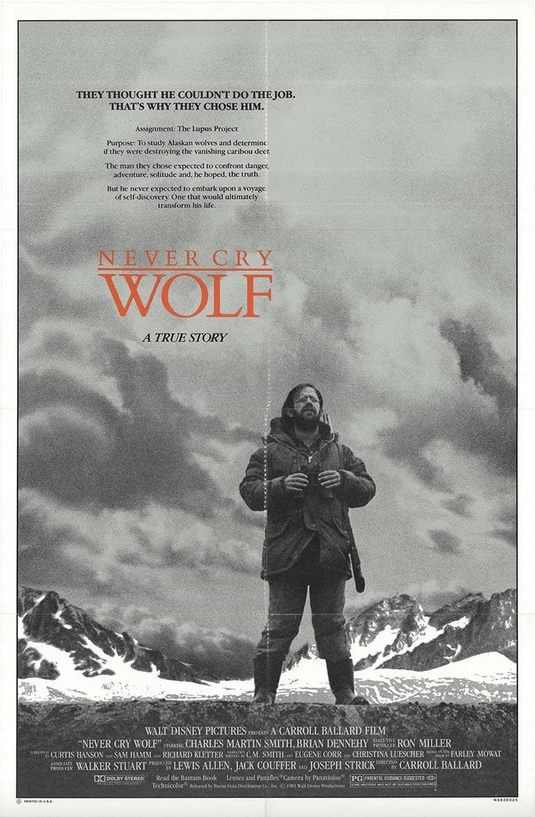 NEVER CRY WOLF, 1983. Directed by Carroll Ballard (THE BLACK STALLION, 1979 and DUMA, 2005), starring Charles Martin Smith (AMERICAN GRAFFITI, 1973 and STARMAN 1984), based on the novel by Farley Mowat.
NEVER CRY WOLF, 1983. Directed by Carroll Ballard (THE BLACK STALLION, 1979 and DUMA, 2005), starring Charles Martin Smith (AMERICAN GRAFFITI, 1973 and STARMAN 1984), based on the novel by Farley Mowat.
NEVER CRY WOLF was the first film released by the newly formed Walt Disney Pictures, a division of the Disney conglomerate that was designed to target an audience beyond the usual kids crowd. Disney was trying to break away from their expected formula by tackling more mature themes. Walt Disney Pictures was created before the purchase of Miramax Films and the creation of Touchstone Pictures, two studios that produced many different genres of films not tailoring to the expected Disney demographic. Heck, NEVER CRY WOLF is the first Disney film that features full-frontal male nudity! That’s pretty risky for the time.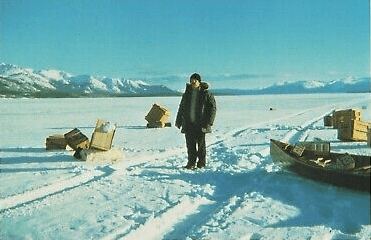
NEVER CRY WOLF is an amazing cinematic feat, just like LAWRENCE OF ARABIA, 1962, but in a truly independent style. The film was a three-year production shot entirely on location in the majestic Yukon Territory of Alaska and Canada’s British Columbia. The great cinematographer Hiro Narita captured the beautiful images of the film under very arduous circumstances while on location. This film is the real deal, no faking it with CGI. It’s one man in the wild and that’s it.
The story revolves around a naïve and timid biological scientist named Tyler who is sanctioned by the government to study why the great herds of caribou are declining in the northern Artic. The culprit is believed to be the wolves.
The adventure begins when Tyler, with no wilderness experience, is dropped 300 miles from the nearest civilization by plane on a frozen lake by a crazy, fortune-seeking pilot named Rosie played by Brian Dennehy (FIRST BLOOD, 1982 and COCOON, 1985). Outfitted with what the government thinks a scientist might need for such an expedition, it’s up to Tyler to figure out where to find a wolf pack to study, and more importantly, how to survive the harsh landscape. Things start off really bad, but a wise and elderly nomadic Inuit by the name of Ootek rescues Tyler from a frozen death.
As Tyler adjusts to the surroundings he discovers two white wolves that he names George and Angeline. Tyler finds that the wolves are not surviving on caribou; they’re surviving on field mice, which are in abundance in the territory. As Tyler begins to understand and grow attached to the wolves, Ootek reappears with a young Inuit by the name of Mike, who is disenfranchised by the old lifestyle of his people. It’s learned that wolf pelts are valuable and so are the natural resources of the surrounding land. This raises serious trust issues with Mike, a toothless hunter with dollar signs in his eyes.
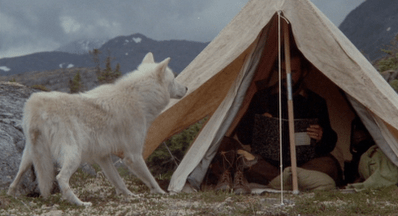 Ootek takes Tyler on an extended trip to where the caribou herds migrate. This is where Tyler discovers that disease is responsible for the caribou decline, not the wolf packs of the north. The wolves benefit nature by eliminating the sick and weak from the herd.
Ootek takes Tyler on an extended trip to where the caribou herds migrate. This is where Tyler discovers that disease is responsible for the caribou decline, not the wolf packs of the north. The wolves benefit nature by eliminating the sick and weak from the herd.
As Tyler returns to his camp, he hears gunfire in the distance. He bumps into Rosie again, who has recently hit the big score. He has a new plane and gear, which he uses to transport big game hunters to remote areas. Tyler is not sure if George and Angeline have been killed. When Tyler reaches his camp, the wolves are nowhere to be seen. But Mike is there, with new gear and a new set of sparkling teeth.
The film is perfectly structured with the right amount of adventure, humor, science, and social commentary. Without beating you over the head, the film makes you think. It’s an artistic tale about the destruction of the environment and its indigenous people. Not only that, it’s a case study for filmmakers who want to learn what can be achieved by working with subjects on location in natural environments.
This was a time when Disney was truly radical, treading a new trail in the cinematic universe with risky and brave new story telling. Ah, those where the days! Before Disney started buying the world and recycling their catalog over and over again.
I remember watching this film on a 70mm screen when it came out. It was breathtaking. Although reduced to the small screen, the film is still big in nature.
Check it out!
Author Profile
- Lance Lucero
Warehouse 9 Productions, Ltd. (W9)
AWARD WINNING filmmaker and comic book creator
warehouse9pro.com
Latest entries
 Retro Movie ReviewsDecember 1, 2022RETRO MOVIE REVIEW: KILLER’S KISS, 1955
Retro Movie ReviewsDecember 1, 2022RETRO MOVIE REVIEW: KILLER’S KISS, 1955 Cinema CrusadersMarch 16, 2022RETRO MOVIE REVIEW: BRING ME THE HEAD OF ALFREDO GARCIA, 1974
Cinema CrusadersMarch 16, 2022RETRO MOVIE REVIEW: BRING ME THE HEAD OF ALFREDO GARCIA, 1974 Cinema CrusadersFebruary 18, 2022RETRO MOVIE REVIEW: HORROR EXPRESS, 1972
Cinema CrusadersFebruary 18, 2022RETRO MOVIE REVIEW: HORROR EXPRESS, 1972 Retro Movie ReviewsJanuary 18, 2022RETRO MOVIE REVIEW: CORVETTE SUMMER, 1978
Retro Movie ReviewsJanuary 18, 2022RETRO MOVIE REVIEW: CORVETTE SUMMER, 1978
